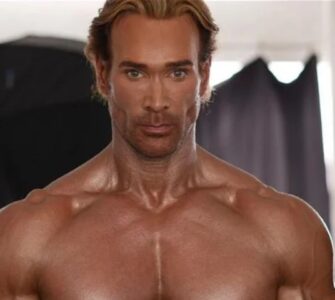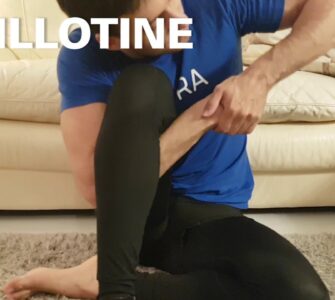The worst exercise for your low back is not squats or deadlifts. No, in fact if done properly I would argue that both of those leg exercises are capable of fortifying your lower back against breakdown and damage. In this video, I’m going to show you the leg exercise that is causing you the most lower back pain without you even knowing it.
The thing about the exercise is that it often creates a delayed response and therefore makes it difficult to identify as the root cause of your pain. The leg movement I’m talking about is lying hamstring curls. The issue isn’t so much in the effect it has on the hamstrings but what is happening on the other side of the legs (in the psoas) that is causing your low back to hate you.
First, it must be said that there is a bit of irony to the exercise in the first place. While the hamstring does in fact have two functions; hip extension and knee flexion, the strengthening of knee flexion with a hamstring curl isn’t even necessary if you are talking about ground based athletic activities and sports. Knee flexion in this environment is something we are given for free by gravity and by letting our body give in to the force of gravity and lower to the ground.
Active knee flexion is not something that is needed in order to get us down to the ground. Now, hip extension is another matter. Strengthening your legs and their ability to pull your hips into extension behind the body is going to serve you well in every single activity you perform on the ground and in sports. So that said, the application of strengthened knee flexion is a bit misdirected and not even that necessary in the first place.
That said, the lying leg curl is going to target the knee flexion function of the hamstrings and provide resistance while doing so. The issue comes in when you attempt to either cheat the weight up as fatigue sets in or just try and squeeze out a few more reps. The built in cheat is that you will rely on the isometric contraction of your deep hip flexors to shorten the moment arm on the hamstrings and help to bring your butt closer to your heel rather than the heel closer to the butt.
This tricks the body into thinking that you have achieved a full rep when you really have not. The push of the hip flexors into the pad will pop your butt up into the air and allow you to continue the movement. The problem lies in what this does to the hip flexors. Often times, this will cause a reflex spasm in the psoas that can cause great discomfort in the muscles of the lumbar spine and the psoas attachment to the lower lumbar vertebrae.
Often times people will feel very sore the next day in their low backs after leg day and think that they must have done something wrong when squatting or deadlifting when neither was to blame. Instead you want to focus on hamstring exercises that prioritize hip extension and if they are going to include resisted knee flexion then they do so without counter force on the hip flexors.
Things like glute bridges, glute bridge and curls, physioball hamstring curls, barbell hip thrusts and glute ham raises are all great options. With the glute ham raise you want to be sure you are keeping your torso long throughout the range of motion and not shortening the body by doing the same wrong thing with your hip flexors.
All in all, picking the right exercises for your legs comes down to finding those that are capable of causing the greatest gains while at the same time preventing damage and injury to your lower back.


















